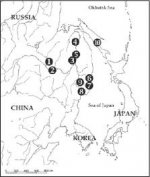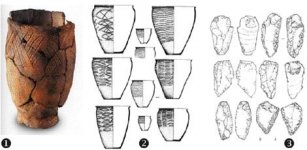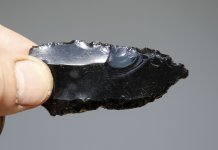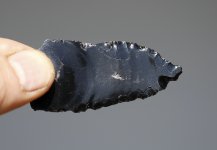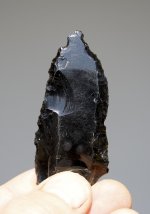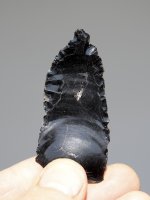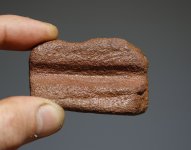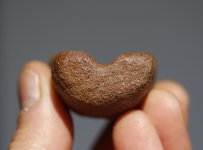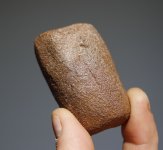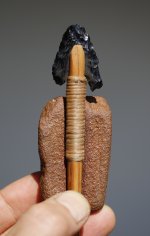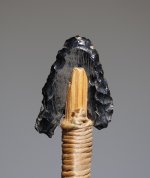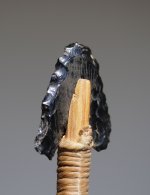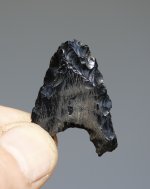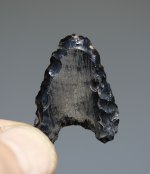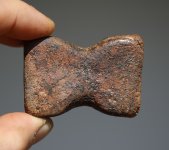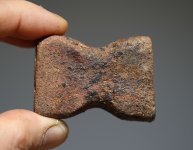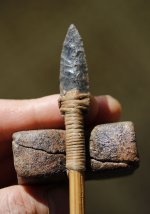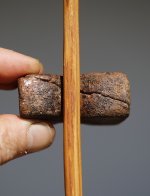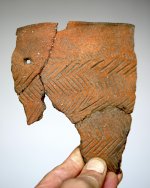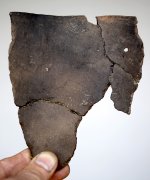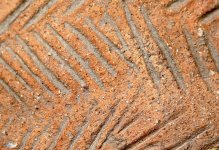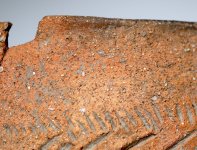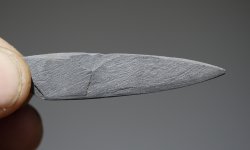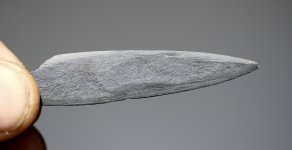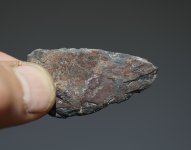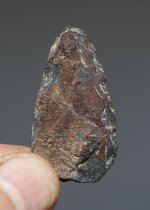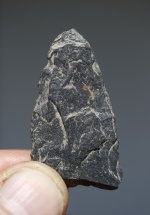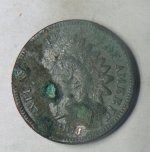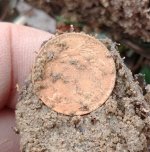Short excursion.
Russian Far East is a huge territory which includes several big geographical regions - the Amur Region (Middle Amur and Lower Amur), the Maritime Region (Primorye) and Sakhalin Island (Fig. 1). First archaeological investigations started here about 100 years ago and today spe- cialists have bright historical panorama of origi- nal cultures and traditions from the Upper Paleolithic sites to the early states of the Middle Ages. The Neolithic period, 13-3,000 BP1,,, is one of the most interesting and intriguing.
During more than 10,000 years the inhabitants of the region created and developed specific economical model highly adapted to the variety of natural landscapes —forests, mountains, lakes, river valleys, sea banks, plains etc.
In the Russian Far East archaeologists made dis- coveries which changed traditional points of view and the understanding of the Neolithic in its classic version (so called “Neolithic Revolution”). The arrival of agriculture was pretty late (about 5-4,500 BP) and the production of food was not the main strategy almost till the colonization of the Far East by Russian settlers during XIX-early XX centuries. Starting from the end of Pleistocene local cultures demonstrated high technological level and a number of inno- vations which reflected the dynamic evolution of economical and social structures of their society.
Russian Far East. Location of cultures : 1- Gromatukha; 2- Novopetrovka; 3- Osipovka;
4- Mariinskaya; 5- Malyshevo, Kondon, Voznesenovka;
6- Rudnaya; 7- Vetka; 8- Boisman; 9- Zaisanovka; 10- Neolithic cultures of Sakhalin Island.
Russian Far East is a huge territory which includes several big geographical regions - the Amur Region (Middle Amur and Lower Amur), the Maritime Region (Primorye) and Sakhalin Island (Fig. 1). First archaeological investigations started here about 100 years ago and today spe- cialists have bright historical panorama of origi- nal cultures and traditions from the Upper Paleolithic sites to the early states of the Middle Ages. The Neolithic period, 13-3,000 BP1,,, is one of the most interesting and intriguing.
During more than 10,000 years the inhabitants of the region created and developed specific economical model highly adapted to the variety of natural landscapes —forests, mountains, lakes, river valleys, sea banks, plains etc.
In the Russian Far East archaeologists made dis- coveries which changed traditional points of view and the understanding of the Neolithic in its classic version (so called “Neolithic Revolution”). The arrival of agriculture was pretty late (about 5-4,500 BP) and the production of food was not the main strategy almost till the colonization of the Far East by Russian settlers during XIX-early XX centuries. Starting from the end of Pleistocene local cultures demonstrated high technological level and a number of inno- vations which reflected the dynamic evolution of economical and social structures of their society.
Russian Far East. Location of cultures : 1- Gromatukha; 2- Novopetrovka; 3- Osipovka;
4- Mariinskaya; 5- Malyshevo, Kondon, Voznesenovka;
6- Rudnaya; 7- Vetka; 8- Boisman; 9- Zaisanovka; 10- Neolithic cultures of Sakhalin Island.



